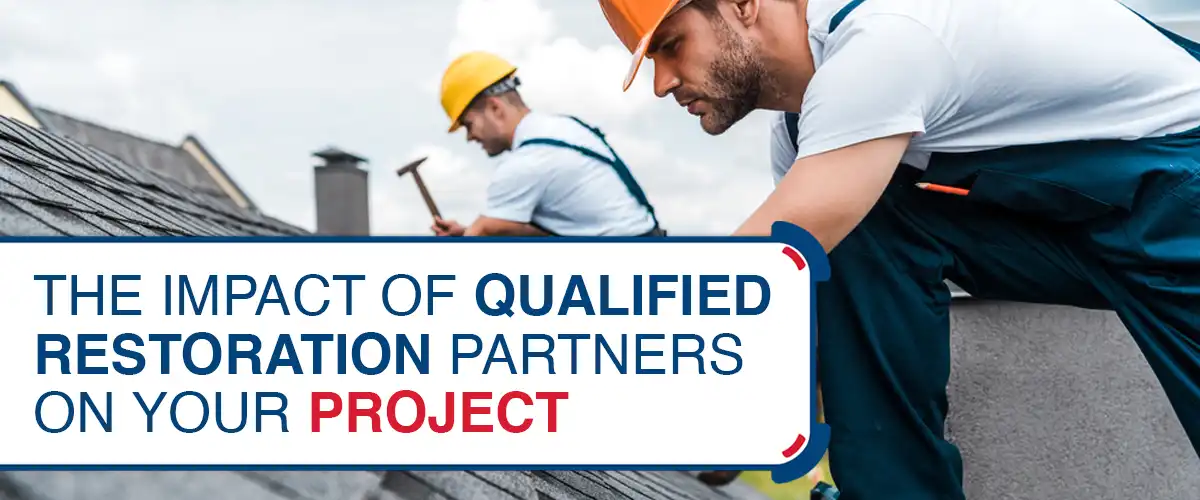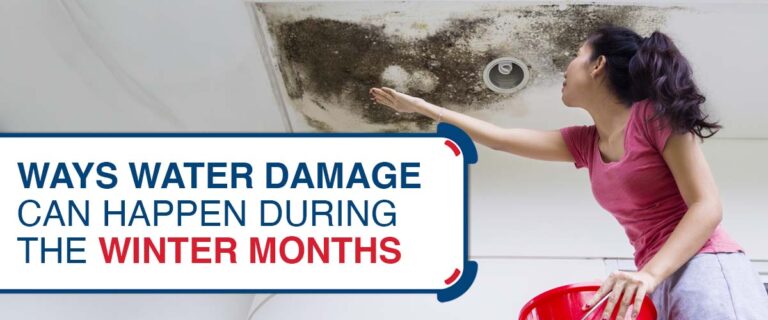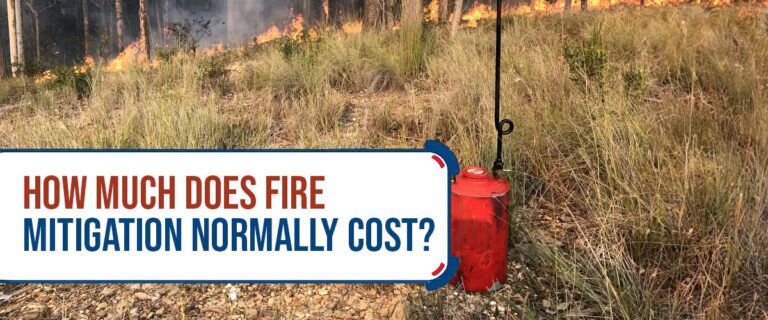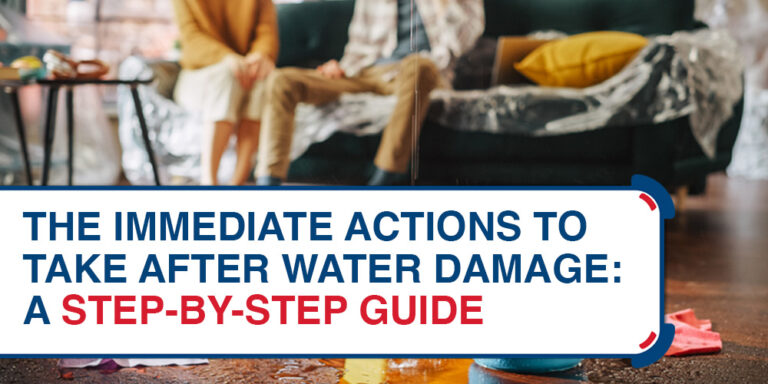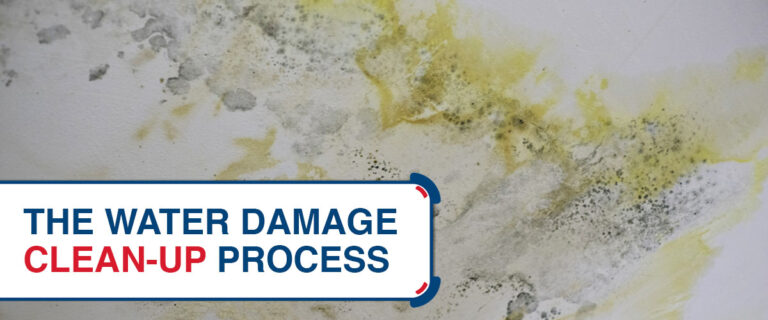Ever wondered how to crack the code in achieving successful restoration projects? These ventures can be intricate, requiring not just specialized expertise but also the power of collaboration. Finding the right damage recovery specialists could be your game-changer!
Remember that collaborating with these qualified partners can significantly impact your project’s outcome, efficiency, and overall success. Have you considered teaming up with these damage repair professionals to see a noticeable improvement in your project? For more insights, please read this article while we delve deeper into the benefits of hiring qualified restoration partners.

Restoration Partners: Who Are They?
When it comes to structural restoration, qualified restoration partners are invaluable assets. These professionals specialize in restoring buildings and structures to their original condition or better after they have been damaged by events like fires, floods, or even the passage of time. Their work involves a deep understanding of structural integrity, historic preservation, and modern construction techniques.
Their role goes beyond mere repair work; they often collaborate with architects, engineers, and other professionals to develop a comprehensive restoration plan. This plan meticulously details every aspect of the restoration process, from material selection to final touches, ensuring that the structure’s integrity and style are preserved while incorporating modern enhancements where appropriate.
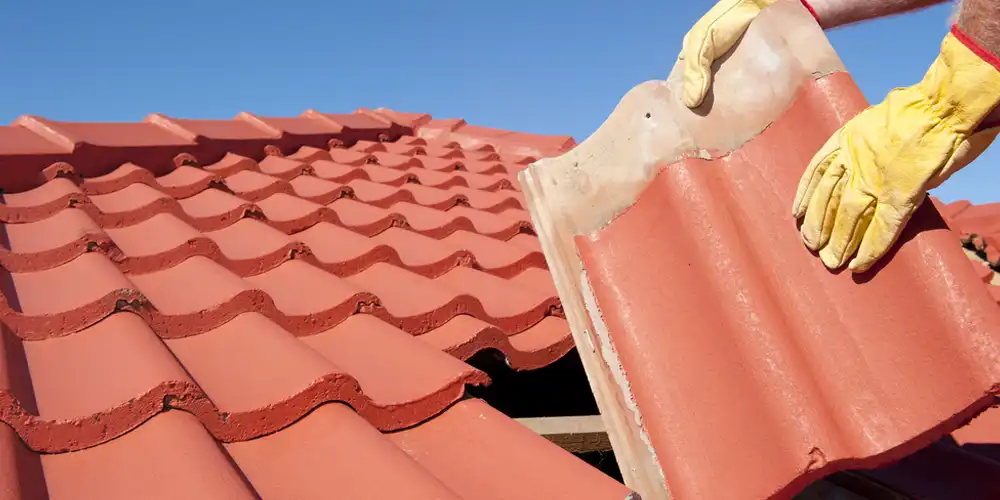
Navigating Risks: The Role of Restoration Partners
Restoration projects involve various risks, and qualified restoration partners are crucial in managing these effectively. Here’s how they navigate these challenges:
- Spotting Hidden Problems: They have an expert eye for identifying risks that aren’t immediately apparent, such as structural weaknesses or material deterioration.
- Risk Assessment: Restoration partners use a detailed, systematic approach to evaluate every aspect of a project, ensuring all potential issues are addressed early on.
- Structural Integrity: They assess the building’s structural soundness, which is crucial for safety and longevity.
- Material Degradation: Identifying material aging or damage risks, especially in older structures.
- Environmental Hazards: Checking for hidden issues like mold or asbestos is critical for health and safety.
- Proactive Management: Anticipating problems before they escalate enables smoother, more efficient project execution.
- Ensuring Long-term Success: Their focus on risk mitigation facilitates a safer restoration process and contributes to the durability and safety of the final structure.
The reasons above make restoration partners instrumental in navigating the complex risks associated with structural restoration projects, ensuring safety, efficiency, and success.

Masters of Ensuring Excellence
When it comes to restoration, it’s not just about fixing what’s broken––it’s about setting a standard of excellence. Here’s a glimpse into how restoration partners master the art of quality assurance:
- Blueprint of Perfection: Think of them as architects of restoration. They start with a detailed blueprint outlining the project’s scope, materials, and timelines. This plan is the north star, guiding every step of the restoration process.
- The Quality Checkpoints: At various stages, they pause and evaluate. Like detectives with a magnifying glass, they scrutinize every joint and every paint stroke, ensuring each element aligns with the highest standards.
- Material Mastery: They don’t just use any materials; they choose the best fit for durability and aesthetics, ensuring the restored structure stands the test of time.
- Technique and Craftsmanship: Their hands are skilled, but their minds are equally engaged, constantly updating procedures to incorporate the latest advancements and best practices.
- Feedback Loop: They listen and adapt. Regular feedback from clients, team members, and other stakeholders is a gold mine, helping them continuously refine their approach and output.
- Final Walkthrough: Before the grand unveiling, there’s the final walkthrough – a ritual. It’s where they ensure every detail echoes the commitment to quality they stand by.
Restoration partners aren’t just repairing––they’re reinventing the standard of excellence in each project they touch. This commitment to quality assurance sets them apart and guarantees that their work not only restores but also enhances the value and beauty of every structure they revive.

What Makes Restoration Efficient?
Efficiency in restoration isn’t just about speed; it’s a symphony of precision, planning, and expertise. Here’s what sets the pace for efficiency in the world of restoration:
1. Precision Planning
A meticulous plan is in place before the first hammer swings. This roadmap defines every step, ensuring no time is wasted on guesswork or backtracking.
- Timeline Tightrope: Every minute counts. Schedules are optimized to balance speed with thoroughness, ensuring swift progress without sacrificing quality.
- Resource Readiness: Like a well-oiled machine, every tool, material, and crew member is prepped and poised for action.
2. Cutting-Edge Techniques
Restoration partners harness the latest technologies and methods. They’re like tech-savvy wizards, using innovation to streamline processes and enhance outcomes.
- Smart Solutions: From 3D imaging to eco-friendly materials, they leverage advancements that speed up restoration while ensuring sustainability.
- Skillful Adaptation: New challenges? No problem. They’re quick to adapt, turning potential delays into opportunities for creative problem-solving.
3. Team Synergy
A cohesive team is the backbone of efficiency. Think of them as a relay team, where each member plays a critical role, passing the baton seamlessly to the next.
4. Proactive Problem-Solving
Anticipating challenges is their forte. They maintain a steady pace and prevent costly setbacks by addressing potential issues before they arise.
5. Client Collaboration
Clear communication with clients isn’t just courteous; it’s strategic. It ensures that expectations are aligned, decisions are swift, and the project moves smoothly.
In restoration, efficiency is the magic that happens when planning, technology, teamwork, and foresight come together. It’s about achieving the best results in the least amount of time without compromising on the craftsmanship and integrity that define true excellence in restoration.
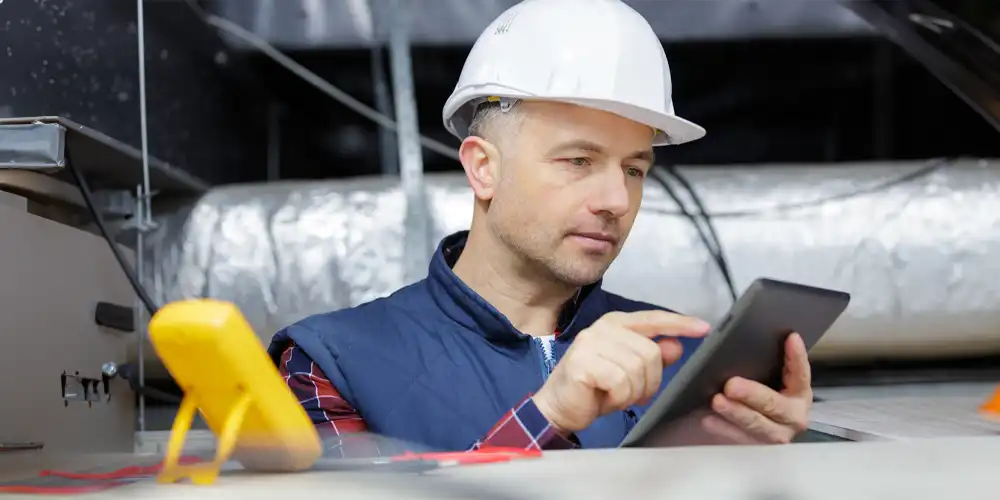
Can Technology Transform Restoration Work?
The arsenal of resources and equipment these contractors bring to each project is a cornerstone of our success. From impressive tools to innovative technology, these resources are carefully curated to tackle various damage repair challenges.
One of the most significant advantages of this well-equipped approach is the resulting time and cost savings. With access to specialized tools and technology, repair experts can work more efficiently, reducing labor hours and speeding up project timelines.

A Path to Compliance
Compliance with relevant regulations is a cornerstone of responsible practice. In every property repair project, our partners know many local, state, and federal laws governing their work. Adhering to these standards ensures the safety and integrity of the project but also upholds our commitment to legal and ethical work practices.
Additionally, non-compliance can lead to severe consequences, including hefty fines and legal repercussions. They shield against compliance-related risks, turning potential challenges into well-managed aspects of the restoration process. This proactive approach to regulatory compliance is not just a service; it’s a promise of reliability and trustworthiness in every project we undertake.

Damage Repair Experts: What to Look For?
When choosing reliable damage repair professionals, certain qualities are desirable to potential clients. These include:
- Proven Expertise: Demonstrated through qualifications and a robust portfolio.
- Positive Track Record: Evidenced by consistent client satisfaction and successful project completions.
- Clear Communication: Essential for transparency and effective project management.
- Adherence to Standards: Ensuring compliance with industry norms and legal requirements.
- Innovative Approach: Leveraging the latest technology for efficient and effective solutions.
Additionally, according to an article in Restoration & Remediation Magazine, certifications from the Institute of Inspection Cleaning and Restoration Certification (IICRC) & the Restoration Industry Association (RIA) are highly recognized and valued. Clients often view these certifications as a mark of confidence, leading them to collaborate with certified companies.
These key attributes not only define their caliber but also play a pivotal role in the success of a project. Thus, focusing on these aspects during selection is crucial for establishing a fruitful and enduring partnership.

Closing Thoughts: A Successful Collaboration
The heart of a successful restoration project lies in collaboration with skilled, qualified contractors. These experts contribute more than their technical skills; they comprehensively understand the project’s needs. This is an encouragement for stakeholders to prioritize forming partnerships with these contractors. Such collaborations are strategic moves that promise long-term benefits. Ultimately, choosing the right partner is about investing in a future where excellence in these projects is assured.
Embark on a journey to successful redevelopment by partnering with qualified restoration partners in Kansas, the heartland of America. Start transforming your vision into reality today.
References:
- Elzarat, S. (2022). Certifications and Licenses Every Restoration Company Needs. Restoration & Remediation Magazine. https://www.randrmagonline.com/articles/90340-certifications-and-licenses-every-restoration-company-needs


